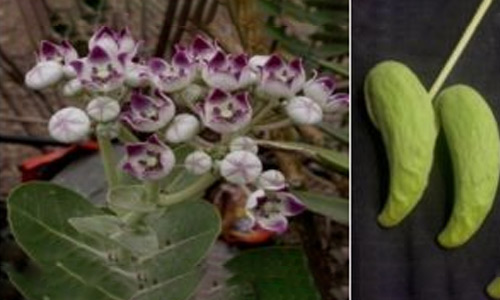We value your privacy
We use cookies to enhance your browsing experience, serve personalized ads or content, and analyze our traffic. By clicking "Accept All", you consent to our use of cookies.
We use cookies to help you navigate efficiently and perform certain functions. You will find detailed information about all cookies under each consent category below.
The cookies that are categorized as "Necessary" are stored on your browser as they are essential for enabling the basic functionalities of the site. ...
Necessary cookies are required to enable the basic features of this site, such as providing secure log-in or adjusting your consent preferences. These cookies do not store any personally identifiable data.
No cookies to display.
Functional cookies help perform certain functionalities like sharing the content of the website on social media platforms, collecting feedback, and other third-party features.
No cookies to display.
Analytical cookies are used to understand how visitors interact with the website. These cookies help provide information on metrics such as the number of visitors, bounce rate, traffic source, etc.
No cookies to display.
Performance cookies are used to understand and analyze the key performance indexes of the website which helps in delivering a better user experience for the visitors.
No cookies to display.
Advertisement cookies are used to provide visitors with customized advertisements based on the pages you visited previously and to analyze the effectiveness of the ad campaigns.
No cookies to display.
|
Division
|
Angiosperms |
|
Class
|
Dicotyledons |
|
Subclass |
Gamopetalae |
|
Series |
Hypogynae |
|
Order |
Gentianales |
|
Family
|
Asclepiadaceae |
|
Genus
|
Callotropis |
|
Species
|
procera |

|
Etymology: |
Derived from word “kalos”, beautiful and and “tropis”, keel; referring to the corona lobes in the form of a keel. |
|
Botanical name:
|
Calotropis procera (Aiton) Dryander |
|
Local/Trade Names: |
Gigantic swallow wort, Aak,Madar |
|
Description: |
Erect, much branched shrubs, with woody base ; bark soft, spongy ; stem;
serete, cottony-pubescent. Leaves opposite, subsessile, elliptic, obovate to oblong, 10-20×5-13 cm, acute or adrupty acuminate , base cordate or auricled or amplexicaule, cottony pubescent on both surfaces. Flower purplish, on 6- 12 cm long, terete, pubescent peduncles, arranged in subumbellate cymes, srising in between leaf pairs. |
|
Distribution:
|
Almost throughout India; Pakistan, W. Aisa, tropical Africa. |
|
Where to see it: |
Wild in the garden. |
|
Uses: |
The dried whole plant is good tonic, expectorant, depurative and anthelmintic. The dried root bark is a substitute for ipecacuanha. The root bark is febrifuge, anthelmintic, depurative, expectorant and laxative, and is useful in cutaneous diseases, intestinal worms, cough, ascites and anasarca. The powdered root promotes gastric secretions and is useful in asthma, bronchitis and dyspepsia. The leaves are useful in the treatment of paralysis, arthralgia, swellings and intermittent fevers. The flowers are bitter, digestive, astringent, stomachic, anthelmintic and tonic. They are useful in asthma, catarrh, anorexia, inflammations and tumours. In large doses it is purgative and emetic. |
Chief Conservator of Forests & Chief Wildlife Warden is the Head of the Department. There is one post of Conservator of Forests & two posts of Deputy Conservator of Forests viz.